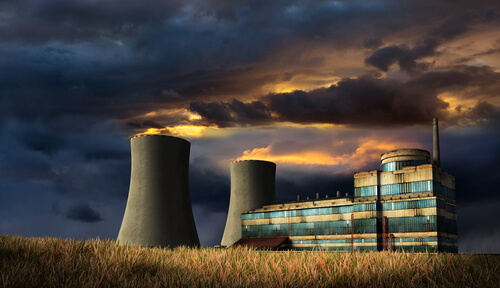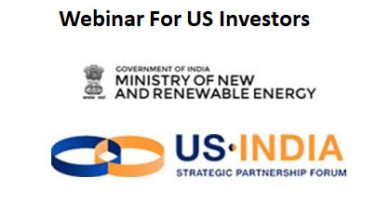Nuclear Energy Has A New Fan in Bill Gates. Will Perceptions Change?
 Not an Easy Sunset on Nuclear
Not an Easy Sunset on Nuclear
Bill Gates, known to most people as the billionnaire founder of Microsoft, the world’s 2nd richest person, and a path breaking philanthropist in recent years with the Bill and Melinda gates Foundation, has given the nuclear energy a huge boost. Without investing a single dollar into the move.
In a tweet yesterday, Gates welcomed the introduction of the Nuclear Energy Leadership Act in the US Senate, which seeks to push for advanced nuclear technology that can help met the growing energy needs of the US.
I’m thrilled that senators from both sides of the aisle have come together to support advanced nuclear. This is exactly the kind of leadership our country needs to both solve the climate challenge and reassert our leadership in this important industry.
— Bill Gates (@BillGates) March 28, 2019
The endorsement by Bill Gates matters, not only because of the wide respect and following he enjoys in his avatar s a global philanthropist, but also because of the large challenges he has usually targeted with his philanthropy, along with wife Melinda Gates.
For him to come out in support of nuclear energy is a massive signal to the world that the rush away from nuclear is not only misplaced, but could also cost the world in terms of actual damage. This, as we argued yesterday, based on the IEA global Co2 report, is because renewables cannot really take up the slack for the twin whammy of nuclear retirements as well as global growth in energy demand, leaving the world, especially India and China, besides the US, grappling with a trade off between pollution and meeting basic energy needs through fossil fuels. With no guesses for just what politicians are being forced to opt for, as shown by the continued rise on global carbon emissions. Gates endorsement is also a brave move to go against the tide of anti nuclear campaigners, which counts some of the world’s biggest ‘green’ bodies in its corner, starting with Greenpeace.
For nuclear powered grids like France, Japan and even the US presently, shifting away from carbon free nuclear to any other option is a tall order, as technology simply hasn’t caught up to ensure the same at a competitive cost. While Europe with its ageing population can still manage, countries like India and China, besides other developing countries really need to find faster energy sources, a search that is leading nowhere without nuclear in the picture.
Of course, the key word here is ‘advanced nuclear technologies’, as existing technologies, thanks to the accident at Fukushima, have simply become forbiddingly high in terms of decommissioning costs of a nuclear plant, the big cost that is preventing fresh investments in developed markets.
For the US, the move back into nuclear could also be driven by a need to prevent the global commercial nuclear power market falling into the hands of Russian giant Rosatom, which has been tying up deals under its BOO (Build, Own and Operate) model for the past two years with countries as varied as Egypt, Bangladesh, Finland and India.
For these, and other countries, even a massive ramp up in renewables is not tenable due to the considerable investments the same will require in upgrading national grids too, to handle the intermittent nature and varying loads renewables deliver. Storage is on possible saviour, but even there, the race is going to be a long one, with no easy roll outs at scale in the coming 2-3 years. Nuclear power plants, with their ability to deliver quality power at high efficiency, offer the most prized value for a grid, dependable, base load power.
India itself, set as it is to come under huge pressure do more despite massive ramp ups in renewable, mainly because of its high thermal dependency, will be tracking developments closely. Besides of course, taking a second look at the massive delays on its conservative nuclear energy plans.



